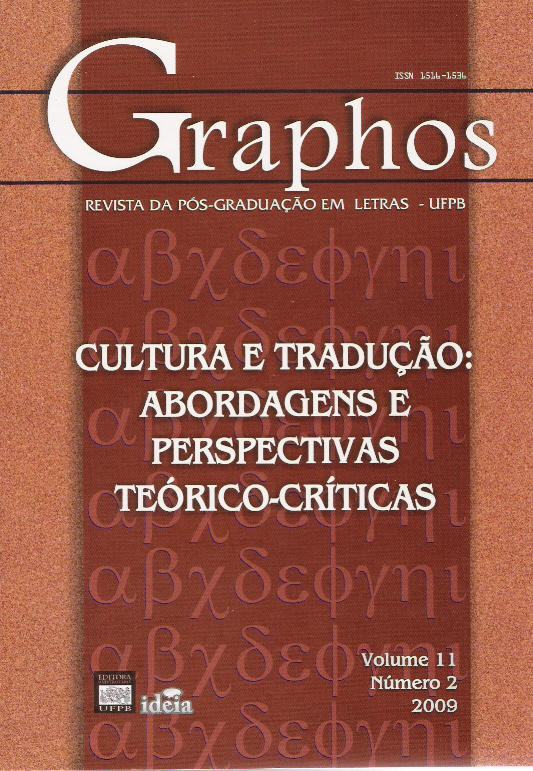The stuttering of Moses (Translation-creation in the Bible, in the Talmud and in the Zohar)
Keywords:
translation, Hebrew Bible, Talmud, commentary, readingAbstract
The use of the same Hebrew term for translation and commentary (targum) permits an approximation between the rabbinic culture and contemporary critical ideas, like the death of the author, replaced by the reader. In reality, the discussion and analysis of the texts done by generations of rabbis formed a combination of new texts that appear to ignore the limits between the “reading” and a new literary creation. The result is a dynamic and stimulating literary reality that impels the actual reader to rethink his role, that in this perspective should be proactive, transforming him or her into a “co-author”. KEY WORDS: translation, Hebrew Bible, Talmud, commentary, reading.
Downloads
References
AUERBACH, Eric. Figura. São Paulo: Ática 1997.
BARTHES, Roland. Le Bruissement de la langue. Paris: Editions du Seuil, 1992.
FLUSSER, Vilem. Língua e realidade. São Paulo: Herder, 1963.
FRYE, Northrop. O Código dos códigos. São Paulo: Boitempo, 2005.
GUINSBURG, J. (org.). Do estudo e da oração. São Paulo: Perspectiva, 1968.
ORTEGA Y GASSET, José. A Desumanização da arte. São Paulo: Cortez Editora, 1991.
SCHOLEM, Gershon. Cabala. Rio de Janeiro: A. Koogan Editor, 1989.







